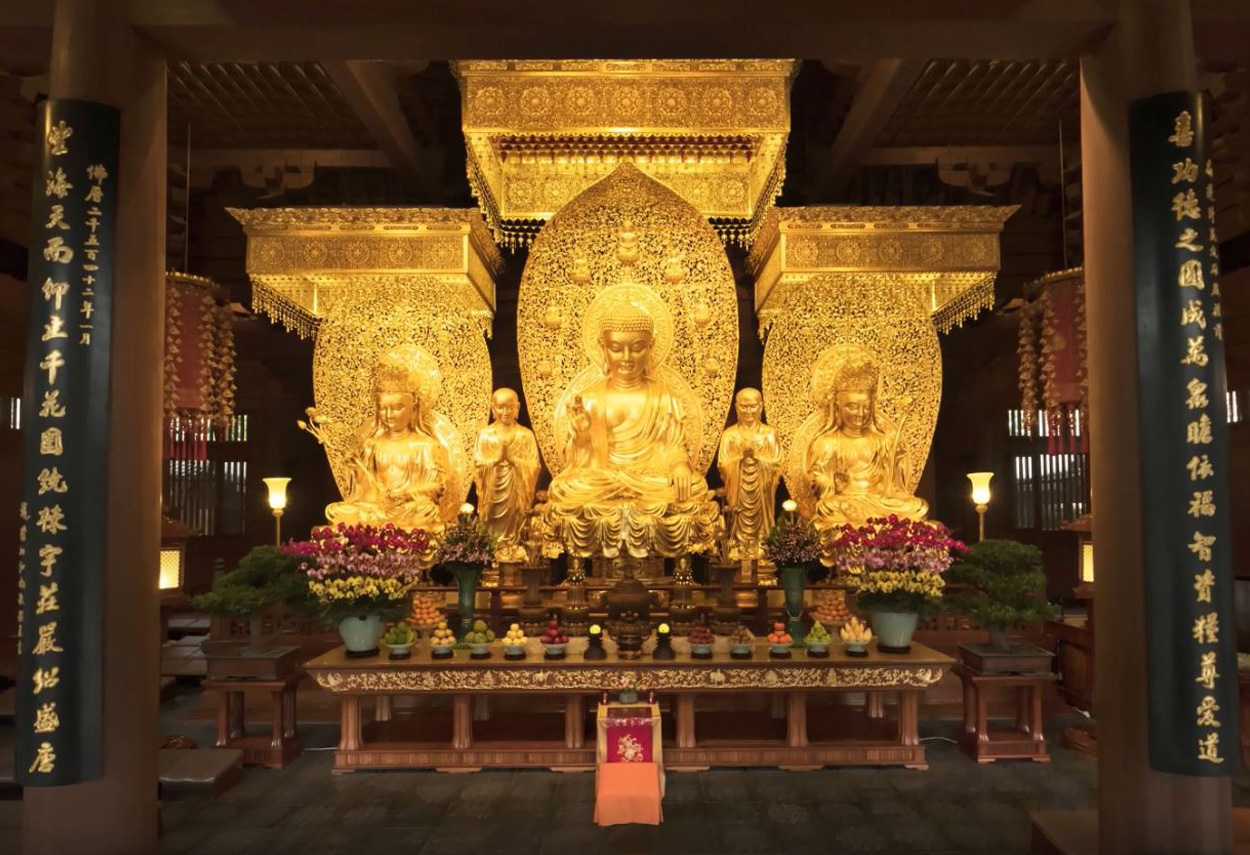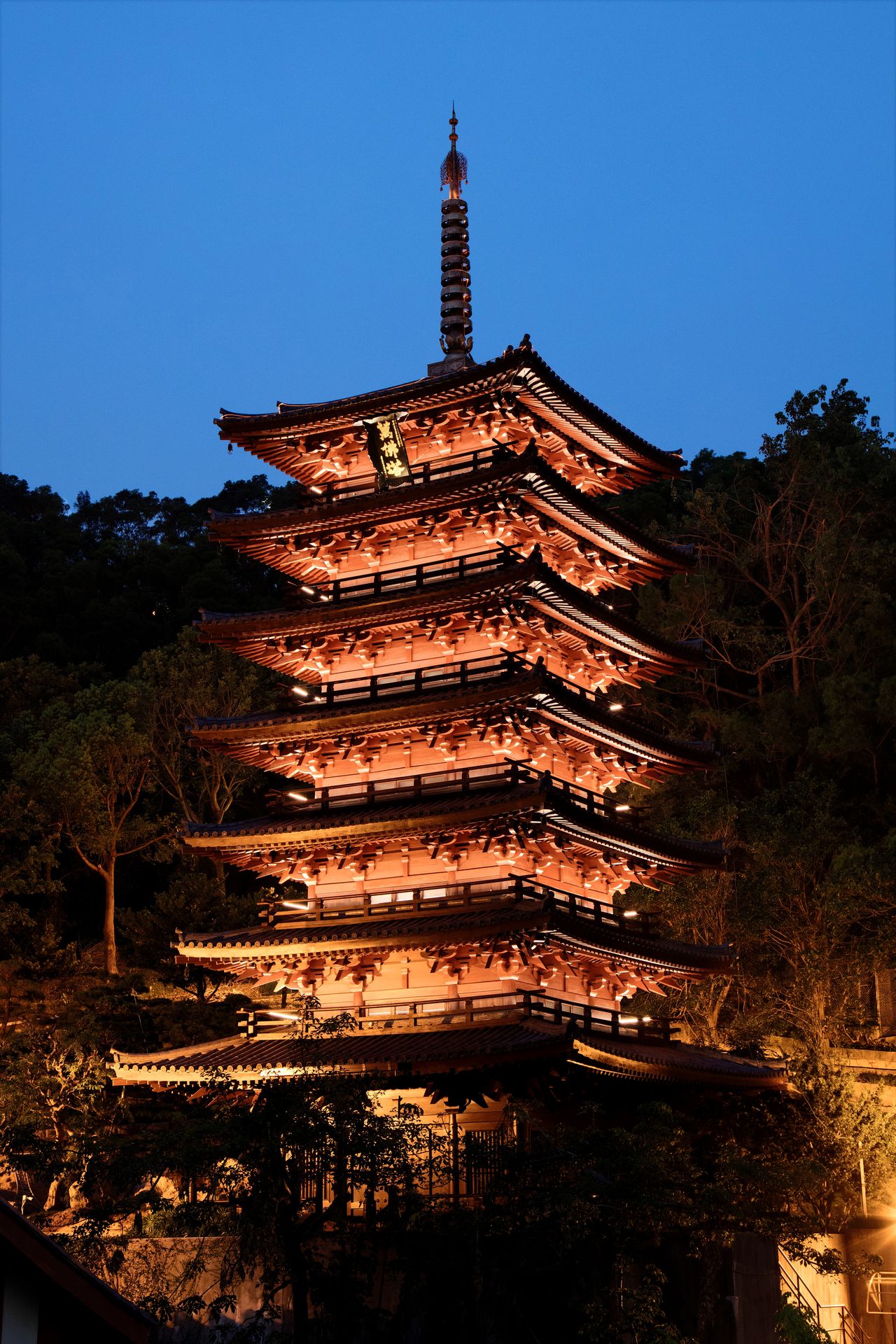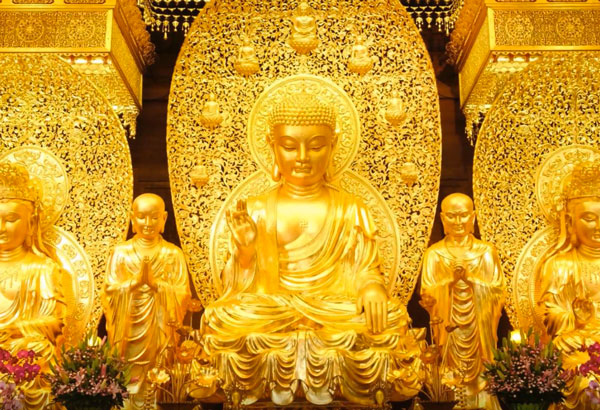We at Studio Due are very passionate about meeting creative lighting designers who share their vision, ideas and experiences with us!
The second chapter of our review is dedicated to an interview with Marco Petrucci, an Italian lighting designer formed at the school of Architect Piero Castiglioni, considered to be one of the world's greatest exponents of Lighting Design.
How would you define your profession? What are the areas of expertise of a lighting designer?
The lighting designer, better defined as “lighting technician”, studies the propagation and diffusion of light in space. Listing the project areas of this profession would be reductive because light and architecture are inseparable, so lighting design follows the architectural design in parallel. Let’s remember that sight is
one of the main senses, therefore light of good quality produces a sense of well-being. The competence of a lighting designer consists in correctly distributing light in the surrounding space: the right light for the right visual task.
What did your preparation for this path you have taken consist of?
After getting a degree in Industrial Design at the University "La Sapienza" in Rome I obtained a Master's degree in "Design and Technologies of Lighting" at the Polytechnic in Milan. Immediately after graduation, lighting design became my vocation. Then in Florence the university thesis at Targetti - a leading brand in lighting design. During the Master in Milan, I had met a true master of traditional Italian lighting design, the
architect Piero Castiglioni. That moment marked the beginning of a reliable and invaluable collaboration that has lasted for more than ten years. The first project as Lighting Designer for the studio of the Architect Piero Castiglioni, was the renovation of the urban district of Milan Portello, an intervention of 250,000 sqm. During this crucial experience I had the opportunity to meet some professionals of the international scene: Gino Valle, Cino Zucchi, Guido Canali, Charles Jencks and Andreas Kipar. Another experience characterized by a large-scale urban intervention was the lighting design of one of the most important global UNESCO cultural heritage sites - the Fori Imperiali in Rome.
What path of preparation would you recommend to a young aspiring lighting designer in today's world?
In this profession, in addition to academic training, it is important to have a wide cultural background, develop careful powers of observation and possess an acute curiosity.
Among the many projects you have realized, which has given you the greatest artistic satisfaction?Fra le tante realizzazioni che ha compiuto quale progetto le ha dato più soddisfazione artistica?
I consider the term “artistic” misleading. Lighting design and artistic lighting design are two very separate things. Lucio Fontana,with the installation "Arabesco Fluorescente", a luminous and illuminating spatial sculpture for the staircase of honor of the Palazzo della Triennale on the occasion of the IX exposition back in 1951, was a pioneer. Artists are free from the conditioning imposed by the logic of use and function; on the contrary the lighting designer does not have the same freedom because the project starts from a careful historical - environmental - cultural analysis and he can not separate the project from the context. The lighting of the Pagoda in Chi Lin Nunnery, Hong Kong, was certainly the most suggestive project and completely overturning the way of conceiving the lighting of these buildings was very stimulating.
Do you believe that the figure of the lighting designer is recognized enough in Italy?
In an interview, the set designer Giancarlo Basili was asked "Do Italian cities have the lighting they deserve?" He answered: ”I don’t think so. Because of my work in the cinema, I have often found myself making inspections in the squares or streets of even important cities, before setting up a set, and most of the time we find that the lights are wrong. The lighting of an outdoor or indoor environment is always very difficult. If, however, you arrive somewhere and you find the wrong light, you feel uncomfortable, sick.
In Italy the culture of light is still not very widespread, especially in urban and residential surroundings. People prefer a comfortable seat to the quality of the light. How long are your eyes subjected to electric light daily? Visual comfort is important because it affects our psycho-physical well-being. On the contrary, in retail, museum, and offices surroundings as well as in places of worship, the figure of the lighting designer is increasingly requested.
What inspires you most in your work? Do you think that social media, Instagram in particular, can stimulate the creativity of lighting designers?
I don't think so: inspiration comes from observation, the more acute is the ability to
observe, the more inspiration will be drawn. Observing human relationships, their dynamics and social interactions, observing the landscape while taking a walk- in short, living life - is the greatest source of inspiration. The socials, Instagram in particular, are only an immediate, direct, instantaneous means of communication, where observation is "passive" and not stimulating. Certainly useful in our sector are the Instagram offerings presented live by architectural firms, architects, the Milan Triennale,and museums .......during the lockdown period.




